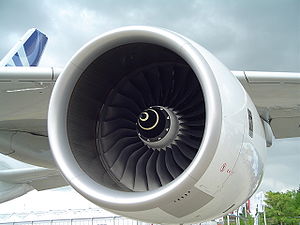Novawatcher
Registered Member
I suppose using stepped superconducting magnets would make the power easier to manage, and less than conventional magnets of the same weight. There have been some encouraging new developments in high temp superconducting wire recently as well reducing the need for super-coolants. I wouldn't want to be sitting near a 3-5 tonne ring spinning that fast when it decides it's bearings can no longer hold out.
I have seen an EM ring levitate, but have no idea how it was done. Maybe some hidden magnets. Also, some of the newer exotic superconducting magnets look quite cool, but whether they can be adapted for experiments like these is another matter, most of them appear to be dipole magnets.
Don't forget the the material itself is subject to stress. 10000 rpms would either have to have a structure that would be a VERY solid material for your superconductor. (colder is denser unless the materials acts like a crystal at low tempertures), OR a VERY small rotating superconductor - to keep the mass down (then it would have to be a VERY effective superconductor) for a "warmer" superconductor.
The bearings, if they were physically connected, would pretty much have to be part of the rotating mass - adding to its energy gradent + providing a stablization surplus (depending on the shape and drag coefficient +adding to the kinetic friction problems). Magnetic Grapplers may be the answer, but would require a measured distance so that "other" forces (buried iron nails, iron in the red brick of buildings, etc) would not unbalance the rotation, if the magnetic field was too large (tenuous but extended) or intense (locally).
Micro-superconductors build in tandem may be an answer. Then the field would be limited in size, but providing an extended field effect that would power the system, providing not more than was put in, but more than is required to run the superconductor - allowing for more through-put.
Additionally if something went wrong the damage would localized - comparatively (if you are in a car wreck it feels differently than if you are watching one), but at least you wouldn't destroy the building or craft.
Last edited:


